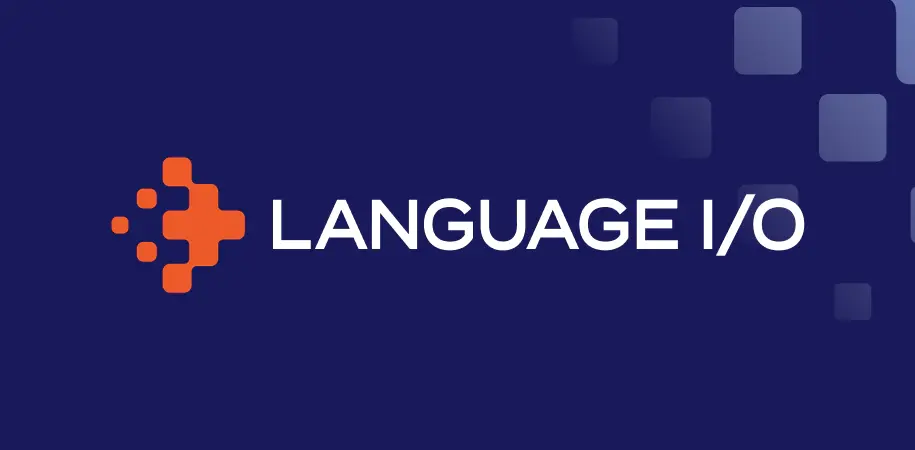Providing actionable support to customers is the mission of any customer service organization, no matter when or how the conversation is taking place. But high call volumes in particular can represent a threat to both the productivity of your support team and the satisfaction of your customers.
One of the main problems with high call volumes is that there are only so many agents available at any given time to answer phones. As a result, customers are left listening to hold music as they wait for the next agent to become available, all while their issues remain unsolved.
At a multilingual contact center, this problem is only amplified due to the fact that not all support representatives can answer all incoming calls. Even if a French-speaking agent has been idle for the better part of the day, they can’t answer an inbound call from a Chinese-speaking customer because of the language barrier. This can lead to lopsided occupancy rates and a poor customer experience for Chinese-speaking customers, all of whom are experiencing a significant wait time.
If your organization is experiencing similar challenges and looking to reduce call volumes across your global customer base, here are some tips.
Provide Omnichannel Support Across Languages
Delivering phone support in the various languages spoken by your customers is important, but it shouldn’t be the only channel that your customer base can use to get in-language support. In addition to phone support, make sure your customers can chat and email with your support team in their preferred language.
Opening up these additional support channels for multilingual customers gives them alternative methods of communicating with your brand, which in turn reduces call volume. Live chat conversations tend to be less time-intensive than phone calls, while email conversations can be asynchronous such that customers don’t have to dedicate half their afternoon to being on hold.
Providing multilingual live chat or email support across languages doesn’t necessarily mean hiring a bunch of new agents to handle these conversations. Using live chat translation software, as an example, enables your existing team of agents to communicate with customers in languages they don’t necessarily speak themselves. This is a cost-effective and efficient way to boost customer satisfaction while optimizing call center metrics like average handle time and occupancy.

Deliver Multilingual Self-Service Support
Most seasoned customer service organizations have a knowledge base or support center in place. The articles within these self-service portals empower customers to answer their own questions, thereby eliminating the need to reach out to a brand’s support team for help.
But if your self-service support articles are only in one language, that doesn’t help reduce call volume across a global customer base.
Providing a multilingual knowledge base not only helps reduce the volume of inbound calls—it can also lower the number of overall support requests your team receives across all channels, including chat and email.
Engage a Multilingual Chatbot
The benefits of chatbots in customer service are plentiful. They’re available 24/7, can handle multiple customer inquiries at a time, and don’t make customers wait in a queue for a response. One more benefit of chatbots is that, with the right technology, they can speak any language.
Similar to self-service support, multilingual chatbots help reduce call volumes by answering questions that customers have without ever needing to involve a customer service agent. With a chatbot in place to support customers in any language, the customer experience is heightened on a global scale, while support agents’ workloads are kept manageable.
Keep Call Volume Manageable with Multilingual Support Software
Providing multilingual support across chat, email, articles, and chatbot channels may seem like a tall order, but with Language I/O’s real-time translation tools, brands can easily provide in-language support across these various channels and more. Learn more about how Language I/O helps optimize contact center metrics by reaching out to us or requesting a demo.



